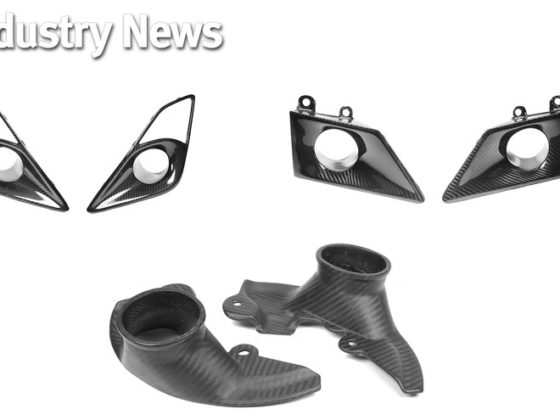
Project S2000: Part 19 – Ram Air!!! Plus Hot Air Testing!
Khiem Dinh is an engineer for Honeywell Turbo Technologies at the time of this writing. All statements and opinions expressed by Khiem Dinh are solely those of Khiem Dinh and not reflective of Honeywell Turbo Technologies.
Did I mention there would be more hood hacking? Why yes I did. Somewhere along the other 18 parts of this project, I noticed the stock air box looked relatively well sealed along with having a location ideal for ram air. Ram air is used on practically every sport bike you can buy to coax as much power as possible from the engine. Even cars such as the Corvette Z06 and Dodge Viper use ram air. Lastly, the last time I took the S2000 up Angeles Crest Highway, I got pulled over for not having a front plate. During the interrogation friendly banter with the police officer, he asked if I had an intake to which I replied no (FYI, he was digging the StopTech brakes). So, keeping the stock intake deters further police inquiry. There’s nothing illegal (I don’t think…) about chopping up the hood and adding a ram air NACA duct (plus, this is my track-only hood), so that’s what I did.

The principle of ram air is simple: it converts the dynamic pressure of air at a high velocity into a higher than ambient static pressure. Basically, it supercharges your engine by increasing the air pressure in the intake manifold. The maximum pressure that is achievable is a simple function of velocity. The higher the velocity, the more dynamic pressure there is to convert to static pressure. Using Bernoulli’s equation, dynamic pressure is equal to 0.5 * air density * velocity^2. As total pressure along a streamline stays constant, the change in static pressure is equal to the change in dynamic pressure. So when you bring the velocity down to 0 (hence, the term stagnation pressure), you have maximum static pressure.

Now that we know how ram air works, it was time to figure out a way to do it. I decided to design my own NACA duct to feed the snorkel of the stock air box. There are some NACA ducts you can buy on the market, but they were too narrow or too long or not deep enough. Also, none of them would line up perfectly because of the curve of the hood. So, I designed one specifically to work for the S2000. There is actually science behind the shape of a NACA duct to draw in as much air as possible. I had no clue as to where to start in designing one, but a Google search netted a free spreadsheet someone else had already developed. All I had to do was enter my desired length, width, and depth and the spreadsheet cranked out all the dimensions I needed to design my duct. The tricky part in designing the duct was to make it match the curves of the hood.






7 comments
Hey Moto IQ , first thing you guys are the one of the best at building track cars and I love all of your upcoming projects. Im in need a a NACA vent for my 2011 BMW 335i and this vent looks perfect. By any chance can you guys get another one made and I will pay before its even made, really need this vent.
guys are one of***
Appreciate the comment! This NACA duct was designed specifically for the S2000 hood shape and airbox location. For your needs, you can probably go with something generic? Pegasus Auto Racing Supplies has some NACA ducts that could work.
Would the NACA duct have water issue when it rains? I’m also looking for a brake duct kit for an AP2 that comes with the dust shields already with the hole for easier installation. WASP Composite seems to be the only one that made such a kit with the hole directed towards the center of the rotor as it should be. Unfortunately it doesn’t seem like they sell the kit anymore. Any ideas/recommendations? Many thanks!
Personally, I wouldn’t use the NACA duct in the rain. I’m not sure the stock airbox has any water drainage provision. It’s easy to swap hoods, so I only put on the track hood for the track.
As for brakes, if you track, I’m a huge proponent of going straight to the StopTech BBK. Of course, that means you need new wheels to clear the brakes. If you want to keep the stock brakes, you could just remove the dust shields. I haven’t had the dust shields o the S2k in ages and I went around 100k miles on my old Nissan without dust shields. You will need to figure out a way to mount the end of the hose. I just zip-tied it before.
https://motoiq.com/project-s2000-part-4-taking-it-to-the-track/3/
Are you selling these?
No, I only made the one. If you decide to go this route, you should also stick a one-way check valve in the air hose going from the intake to the front breather on the valve cover. I was losing ram air boost through this flow path. I regained the lost boost after plugging it in later testing. A one-way valve is a more elegant solution.
https://motoiq.com/project-s2000-part-22-testing-new-goods-and-more-intake-mods/2/